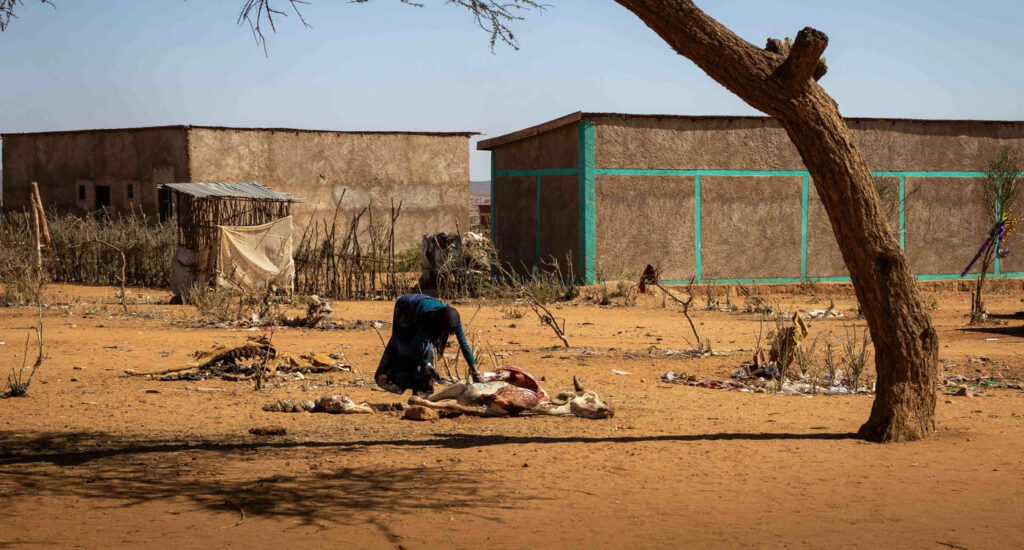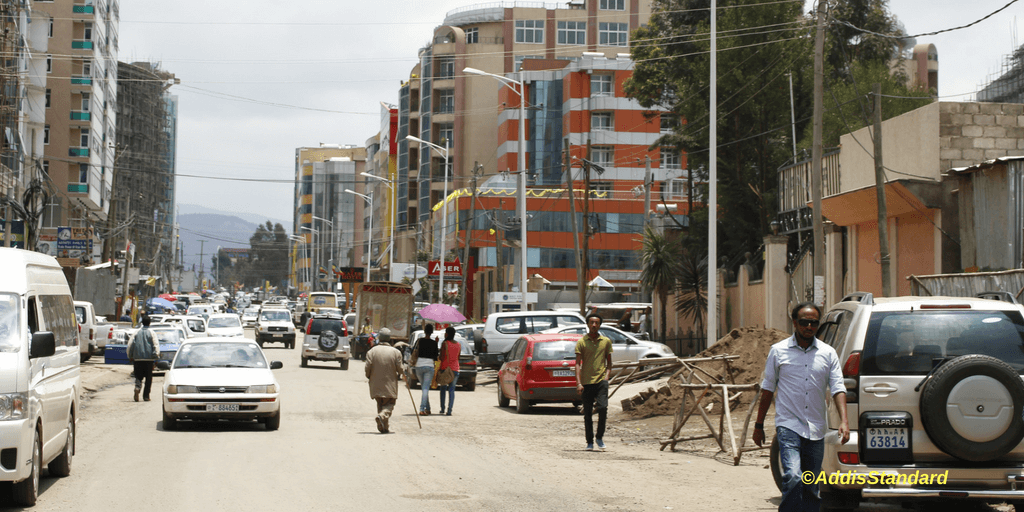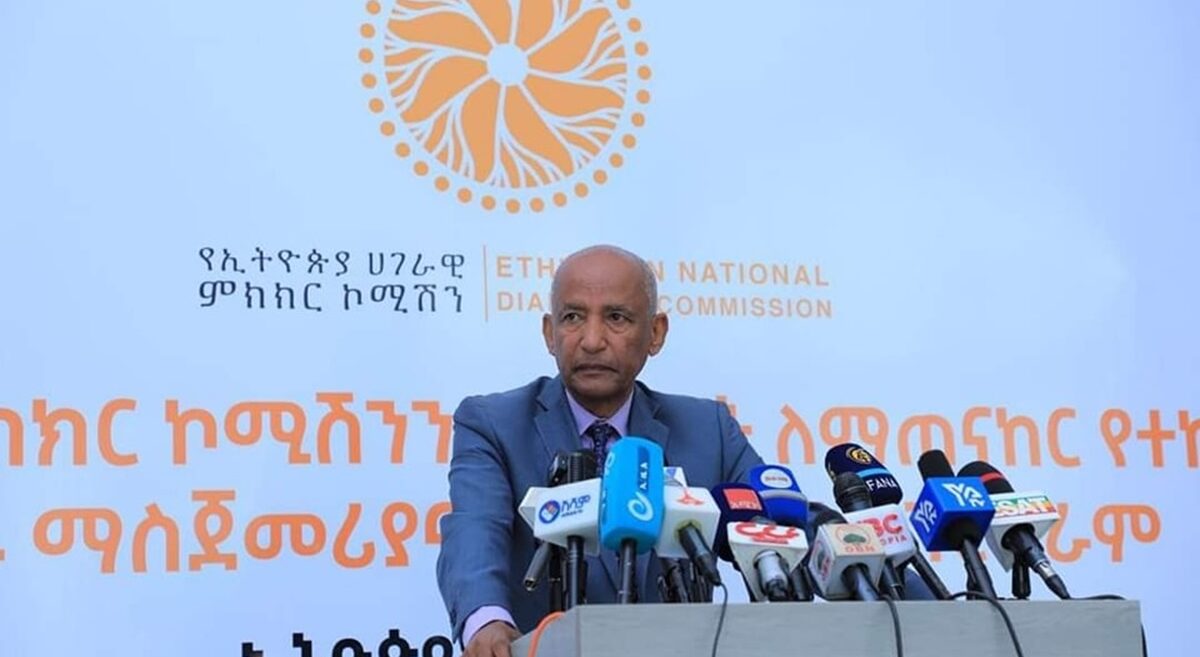News: Disaster Risk Management Council holds first emergency response meeting in seven years as ongoing drought devours millions of Ethiopians

Addis Abeba: The National Disaster Risk Management Council held an emergency meeting yesterday under the chair of Demeke Mekonnen, deputy prime minister and minister of foreign affairs, state media reported. It is the first emergency meeting the council summoned in seven years.
A severe drought after the failure of past five rainy seasons has impacted the lives of people and properties. The Southern, southeastern, and southwestern Ethiopia are the most drought-hit parts of Ethiopia where a staggering 13 million people are targeted for humanitarian response in the year 2023 alone.
However, this is the first emergency meeting by the Council convened to review the reports showing the scale and depths of the ongoing drought, the extent of the damage on both human lives livestock heads and properties. It also identified the strengths and weaknesses response activities so far. The council has also discussed priority tasks needed to be taken in the next four months, according to the report, and it will closely evaluate tasks to provide a quick response plan to support drought-affected areas.
During the 2016 drought in which more than 10 million Ethiopians were exposed to climate shock and were left in need of emergency food assistance, a similar emergency response plan was coordinated under the auspices of Demeke Mekonnen, then deputy prime Minister, enabling Ethiopia stave off the impacts of the drought before the lives of human and livestock were lost. The drought response was showcased at the World Humanitarian Summit (WHS), during a side event chaired by Demeke himself, and was hailed as the best model for drought response practice.
“The Ethiopian response model is evidence that resilient development saves lives and protects development gains,” Ahunna Eziankonwa-Onuchie, UN Humanitarian Coordinator for Ethiopia, said of the response at the time. “Ethiopia’s strong health system, with over 38,000 Health Extension Workers on Government pay-roll and a ‘Health Development Army’ of over 3 million volunteer women from rural Ethiopia, provides the backbone of the current drought response.”
But despite the presence of multiple warnings and media reports in the last year and half, minimum efforts were exerted by the government to mitigate the ongoing drought, which has already devoured millions of livestock in Borana zone, southern Oromia and Dawa zone in Somali regional state.

In Borena zone, the worst affected area, more than 800,000 residents of the zone are in need of immediate food assistance after they have suffered the loss of more than 3.3 million livestock.
Similarly, the impact of in the Dawa zone of Somali region has become unprecedented, leaving a staggering number of people severely affected, animals perished, rivers dried up, humanitarian crises, and reports of people dying from hunger are starting to emerge. In Afder zone, one of the three drought stricken zones in Somali region, close to 1 million livestock are at risk while at least 115,000 have already died, according to zonal officials. It affected close to 3.7 million people and only 2.8 million received humanitarian aid through the regional Disaster and Risk Management Bureau. People who are starved and at risk of death reached 900,000.
In the pastoralist and semi-pastoralist communities in South Omo zone in Ethiopia’s Southern Nations, Nationalities and Peoples’ Region (SNNPR) region, an outbreak of Hashimoto’s disease driven from the drought has killed at least 11 people, officials told Addis Standard. reports are surfacing from Konso and Dawro zones of the same region indicating the death of humans as well as livestock due to the drought.
The UN said in its latest report that the Oromia region recorded high rates of new admissions of severe acute malnutrition (SAM) with a total admission standing at 27,526 as of December 2022. The number of SAM cases in drought affected districts of Afar, Oromia, Somali, and SNNPR regions has increased in 2022 by 21 percent compared to 2021 it added.
In an 18 January report, UN OCHA said the drought impact is expected to further worsen after January 2023 across the drought affected zones as they enter the dry season, adding that, “severe water shortages” have been reported in ten drought affected districts in Oromia region.
According to the Oromia Physicians’ Association (OPA ), a non-governmental professional association, the prolonged drought in Borana zone of Oromia regional state in Southwestern Ethiopia has apparently brought the most drastic impact on the health of the people. Malnutrition, dehydration, and water-borne diseases are a few of the health issues that have arisen following the drought. AS







